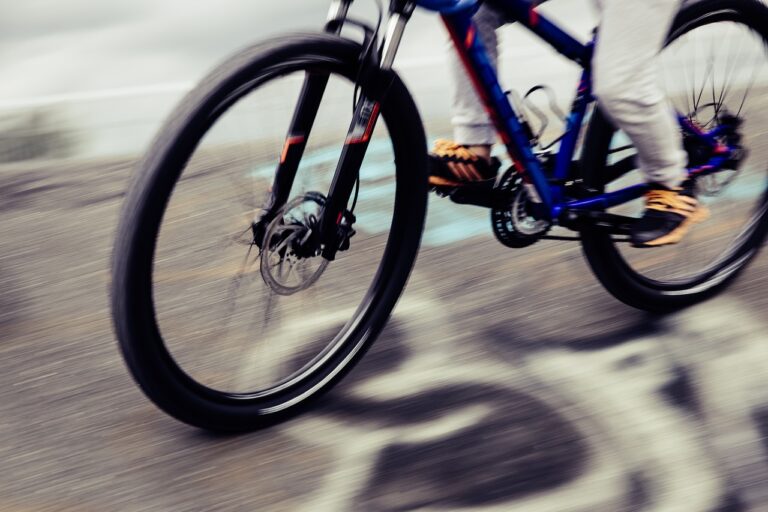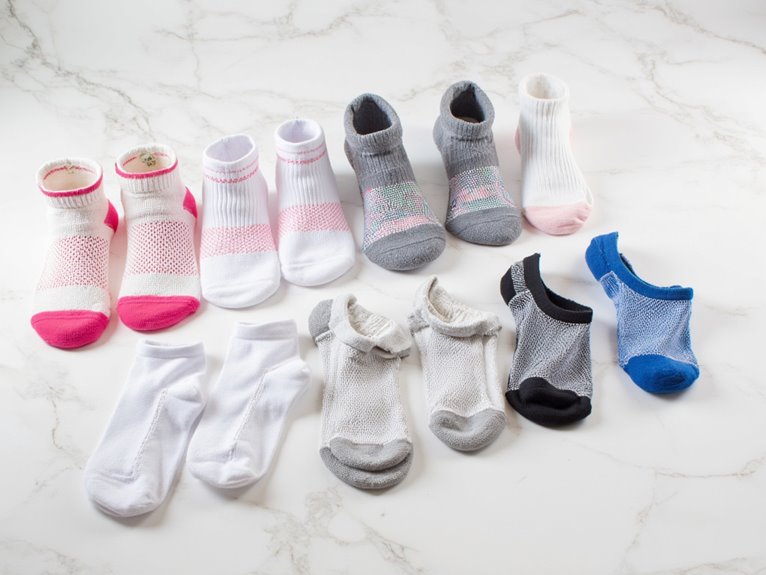How Do You Pack Pots and Pans for Camping?
When packing pots and pans for camping, prioritize protection and organization to prevent scratches, dents, and clutter. Choose sturdy, waterproof containers and soft, padded bags to protect cookware. Wrap each item in a soft, scratch-resistant material and separate them with padding to prevent contact during transport. Pack heavy items at the bottom of the backpack and utilize vertical space by stacking pots and pans vertically. Store lids and accessories separately and consider a dedicated cookware bag to simplify the process. By following these steps, you'll be well on your way to efficiently packing your cookware for a successful camping trip, and with a few more tips, you can guarantee a stress-free outdoor adventure.
We are supported by our audience. When you purchase through links on our site, we may earn an affiliate commission, at no extra cost for you. Learn more. Last update on 20th January 2026 / Images from Amazon Product Advertising API.
Choose the Right Packing Materials
When preparing to pack pots and pans for camping, sturdy, waterproof containers and bags are essential for protecting cookware from the elements and preventing scratches and dents.
Look for containers with secure lids and durable construction to keep your cookware safe and dry.
Consider using soft, padded bags or sleeves to provide extra cushioning and protection.
Additionally, choose bags with multiple compartments to separate and organize your cookware, making it easier to find what you need quickly.
Protect Pots and Pans From Scratches
Regularly wrapping each pot and pan in a soft, scratch-resistant material before packing can substantially reduce the risk of scratches and dents during transport.
This is especially important for non-stick or ceramic-coated cookware, which can be more prone to scratching.
When wrapping, make sure to cover the entire surface of each pot and pan, paying extra attention to any handles or protruding areas.
Additionally, consider separating each item with a layer of padding or cloth to prevent them from coming into contact with one another during transport.
Use Soft Cloths for Wrapping
When packing pots and pans for camping, using soft cloths for wrapping is an effective way to prevent scratches and damage.
This method involves carefully wrapping each item in a soft, gentle material to cushion and protect it during transport.
Wrapping Techniques Explained
How can you guarantee that your pots and pans arrive at the campsite in pristine condition, without dents, dings, or scratches?
The answer lies in proper wrapping techniques.
When using soft cloths for wrapping, it's essential to wrap each item individually, making sure to cover all surfaces.
Start by placing the pot or pan in the center of the cloth, then fold the cloth over the item, tucking in the edges as you go.
Make sure to apply even pressure to avoid bunching or creasing the cloth.
Finally, secure the wrapped item with a rubber band or twine to keep it in place.
Types of Soft Cloths
Three primary types of soft cloths are commonly used for wrapping pots and pans: microfiber towels, fleece cloths, and cotton cloths, each offering unique benefits and advantages.
Microfiber towels are lightweight, compact, and gentle on surfaces, making them ideal for delicate cookware.
Fleece cloths provide excellent cushioning and shock absorption, protecting pots and pans from impact.
Cotton cloths, meanwhile, offer a soft, breathable wrapping solution that prevents scratching and abrasion.
When choosing a soft cloth, consider the type of cookware, camping conditions, and personal preference.
Pack Heavy Items at the Bottom
To guarantee a balanced load, it is crucial to pack heavy items at the bottom of your backpack.
This approach guarantees that your camping gear remains stable and secure throughout your journey.
Heavy Items First
When packing pots and pans for camping, prioritizing heavy items, placing them at the bottom of your backpack or camping container to maintain balance and prevent damage is crucial.
This approach ensures that your gear remains stable and secure during transport. By placing heavy items at the bottom, you'll prevent them from shifting around and potentially damaging other items.
Cast-iron cookware: These dense pots and pans are often the heaviest items in your camping cookset.
Cooking stoves: Portable stoves can be bulky and heavy, making them ideal for bottom-loading.
Fuel canisters: Propane or white gas canisters are often dense and should be placed at the bottom of your pack.
Bottom of Backpack
At the bottom of your backpack, create a stable foundation by placing the heaviest items, ensuring a balanced load that prevents shifting and potential damage during transport.
This strategic packing approach allows you to maintain a secure and efficient load.
By placing your heaviest pots and pans at the bottom, you'll create a solid base that won't topple or shift during your camping trip.
This also helps to distribute the weight evenly, making it more comfortable to carry.
Additionally, packing your heaviest items at the bottom helps to protect your other camping gear from damage caused by heavy cookware.
Balanced Load Guaranteed
By situating heavy pots and pans at the base of your backpack, you effectively create a stable foundation that prevents shifting and guarantees a balanced load. This approach confirms that your backpack remains upright and stable, reducing the risk of accidents and discomfort during your camping trip.
To achieve a perfectly balanced load, remember to:
Distribute weight evenly: Place heavy items at the bottom and balance them with lighter items on top.
Secure items tightly: Use compression straps or cloth to keep items from shifting during transit.
Pack essentials last: Store frequently used items in easy-to-reach pockets for quick access.
Utilize Vertical Space in Backpack
To maximize packing efficiency, consider stacking pots and pans vertically in your backpack, making the most of the available space.
This approach allows you to fit more items in a smaller area, reducing clutter and freeing up space for other essential camping gear.
When stacking, place the largest, heaviest items at the bottom and work your way up to the smallest, lightest items.
Use cloth or paper towels to separate each item and prevent scratching.
Additionally, consider using compression bags or stuff sacks to further compress your cookware, making the most of your backpack's vertical space.
Store Lids and Accessories Separately
When packing pots and pans for camping, it's just as essential to think about the storage of lids and accessories, as these smaller items can easily get lost or damaged if not stored properly.
To avoid this, it's vital to store lids and accessories separately from the pots and pans. This will prevent scratching and tangling, making it easier to set up camp.
Use small pouches or bags to store lids, utensils, and other accessories.
Keep them in a designated area, such as a side pocket or a separate compartment.
Label each pouch or bag, so you can easily identify what's inside.
Consider a Dedicated Cookware Bag
Investing in a dedicated cookware bag can greatly simplify the packing process and keep your gear organized, making it an essential consideration for any camping trip.
This type of bag is specifically designed to protect your pots and pans from scratches and dings, while also keeping them clean and dry.
Look for a bag with multiple compartments and pockets to store lids, utensils, and other accessories.
A dedicated cookware bag also helps to keep your campsite tidy by keeping all your cookware in one convenient location.
Pack Essentials in a Separate Sack
Beyond protecting your cookware with a dedicated bag, consider separating the most frequently used items, such as utensils, spices, and oils, into a separate, easily accessible sack to streamline meal preparation. This approach guarantees that you can quickly grab what you need, saving time and effort when cooking in the great outdoors.
Some essentials to include in this separate sack are:
- Utensils: spatula, tongs, and serving spoons
- Spices and seasonings: salt, pepper, and any other frequently used flavors
- Oils and condiments: cooking oil, soy sauce, and ketchup
Keep Pots and Pans Accessible
Frequently, campers find that storing pots and pans in an easily accessible location saves time and reduces frustration during meal preparation.
This is especially vital when camping, as every minute counts when hunger strikes.
To keep your cookware within reach, consider storing them in a designated area of your campsite or backpack.
You can use a separate pouch or compartment to keep them organized and protected.
This way, you can quickly grab the pot or pan you need without having to rummage through your entire camping gear.




